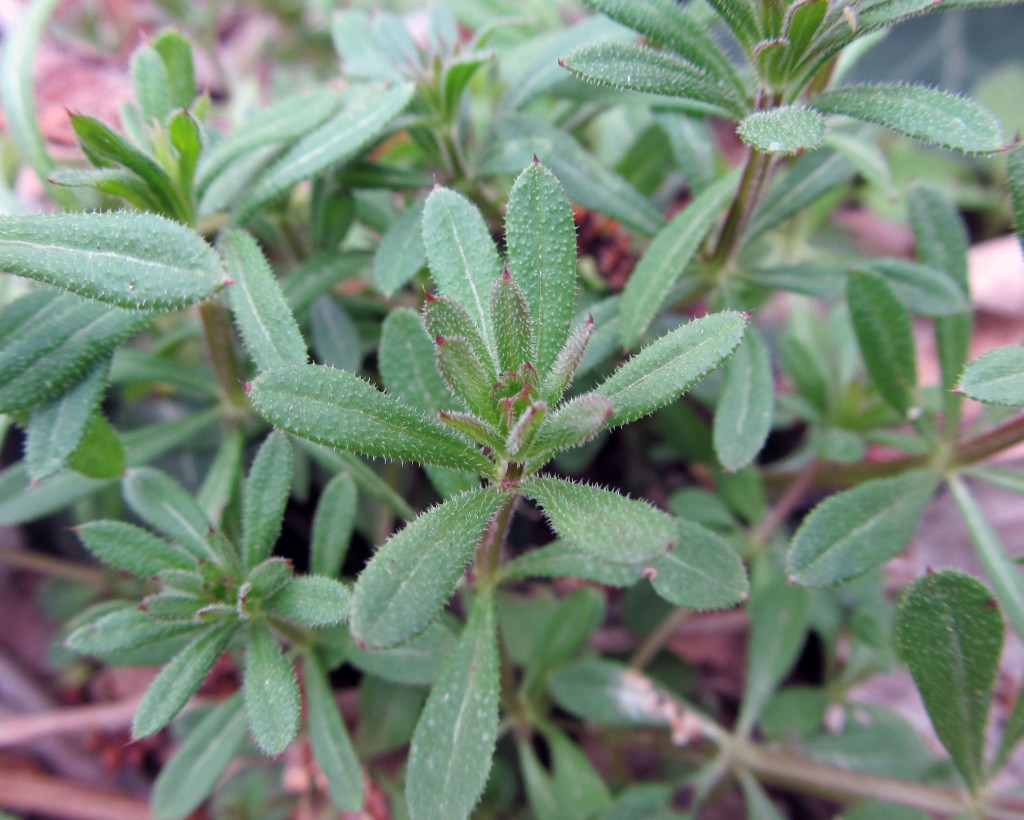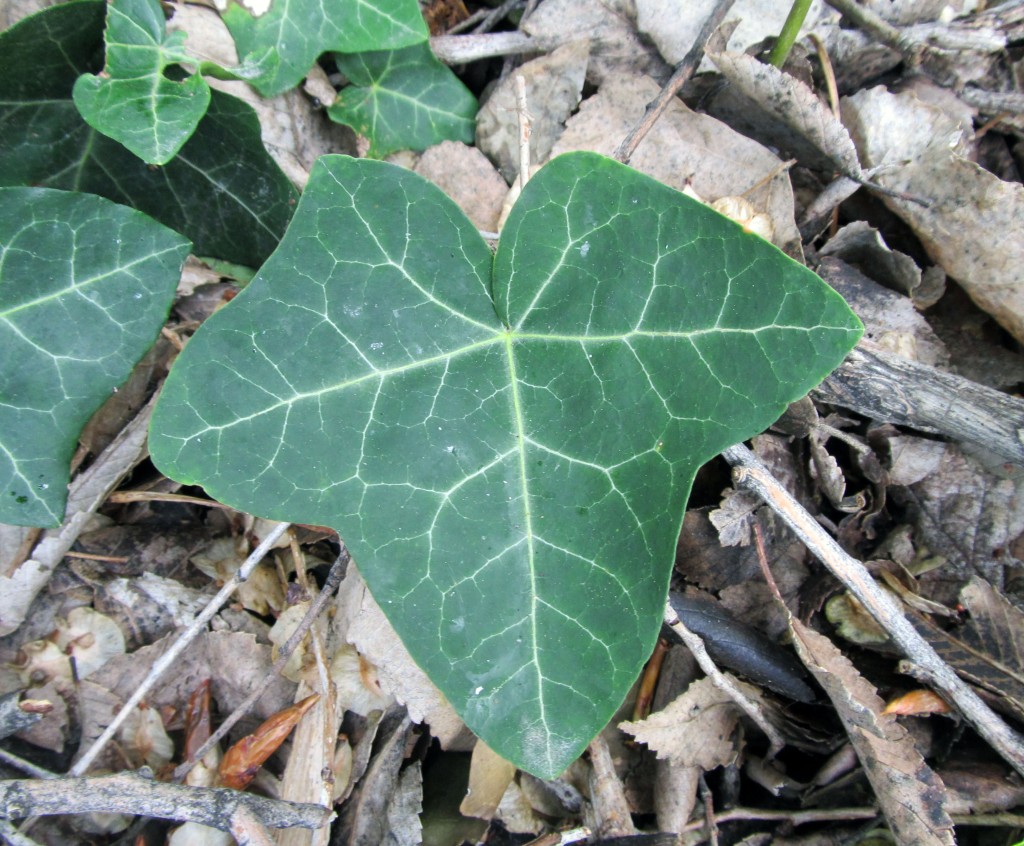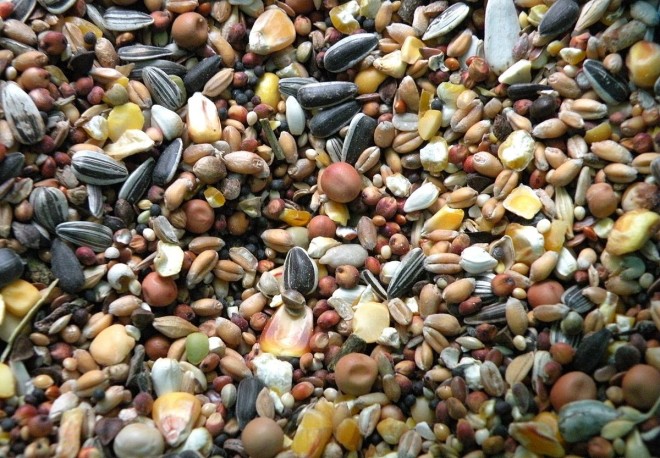Walking along railroad tracks is a pretty cool feeling. It’s also a good place to look for weeds. Active railroad tracks are managed for optimum visibility and fire prevention, which means that trees and shrubs near the tracks are removed creating plenty of open space on either side. Open areas in full sun are ideal places for a wide variety of weed species to grow. Trains passing through can also be sources or dispersal agents of seeds, so there’s a chance that you may see things growing alongside railroad tracks that you don’t often see elsewhere. All this means that railroad tracks in urban areas are great locations to familiarize yourself with your city’s wild urban flora.

I visited a small section of railroad tracks between Kootenai Street and Overland Road in Boise. At one point, this was a pretty active railroad. Passenger trains once moved along these tracks, and the Boise Depot, which is less than a mile from this location, was one of several stops between Portland, OR and Salt Lake City, UT. Unfortunately, those services ended in 1997 and have yet to resume, despite continued support for bringing passenger rail back to the region. Still, freight trains pass by with some frequency.
Managing weeds along railroad tracks in urban areas can be tricky. There is little else in the way of vegetation to compete with the weeds. The tracks are also adjacent to parks, homes, schools, gardens, and other locations that make herbicide applications complicated. The species of weeds can also vary widely from one mile to the next, so management decisions must also vary. It’s especially important that the ballast directly beneath and on either side of the tracks is kept weed free in order to prevent fires and improve visibility. All of this and more makes weed control along railroad tracks one of the most challenging jobs around. Luckily, for someone that likes to look at weeds, it means there will always be interesting things to see near the tracks, including for example this colony of harvester ants that I came across while identifying weeds. I was happy to see that they were collecting the samaras of Siberian elm (Ulmus pumila), one of several weedy trees in the Treasure Valley.

What follows are a few images of some of the weeds I encountered along the railroad tracks between Kootenai Street and Overland Road, as well as a list of the weeds I was able to identify. The list will grow as I identify the mystery weeds and encounter others that I missed, as is the case with all posts in the Weeds of Boise series.









- Arctium minus (common burdock)
- Bassia scoparia (kochia)
- Bromus diandrus (ripgut brome)
- Bromus tectorum (cheatgrass)
- Chorispora tenella (blue mustard)
- Conium maculatum (poison hemlock)
- Convolvulus arvensis (field bindweed)
- Cirsium arvense (creeping thistle)
- Dactylis glomerata (orchardgrass)
- Descurainia sophia (flixweed)
- Elaeagnus angustifolia (Russian olive)
- Epilobium ciliatum (northern willowherb)
- Equisetum sp. (horsetail)
- Erodium cicutarium (redstem filaree)
- Galium aparine (cleavers)
- Hedera helix (English ivy)
- Hordeum murinum (wild barley)
- Lactuca serriola (prickly lettuce)
- Lepidium sp. (whitetop)
- Lonicera sp. (bush honeysuckle)
- Parthenocissus quinquefolia (Virginia creeper)
- Poa bulbosa (bulbous bluegrass)
- Poa pratensis (Kentucky bluegrass)
- Rubus bifrons (Himalayan blackberry)
- Rumex crispus (curly dock)
- Secale cereale (feral rye)
- Taraxacum officinale (dandelion)
- Ulmus pumila (Siberian elm)
Do you live near railroad tracks? What weeds are growing there, and do you feel as cool as I do when you walk the tracks?



